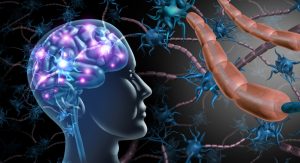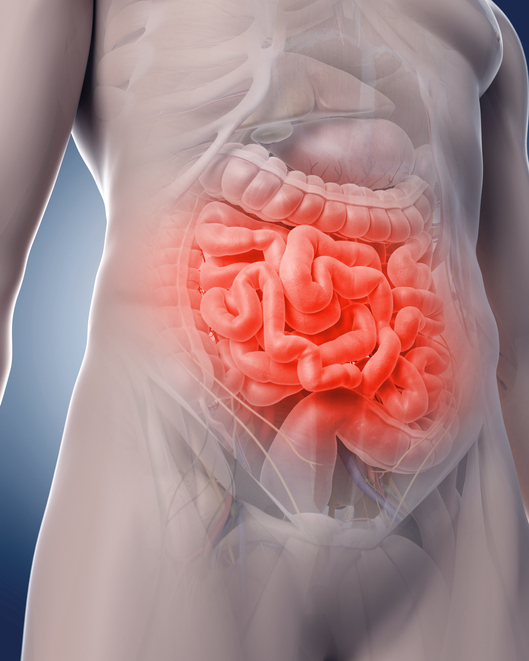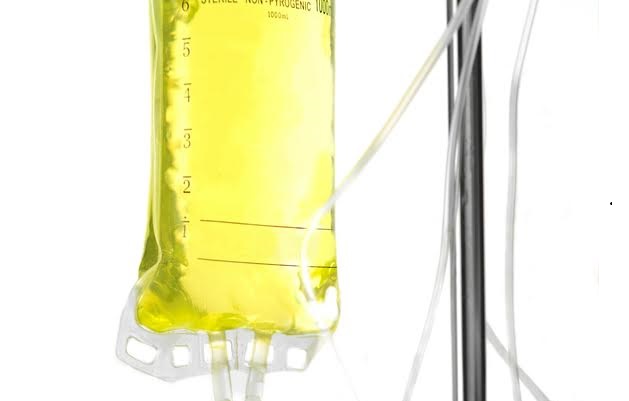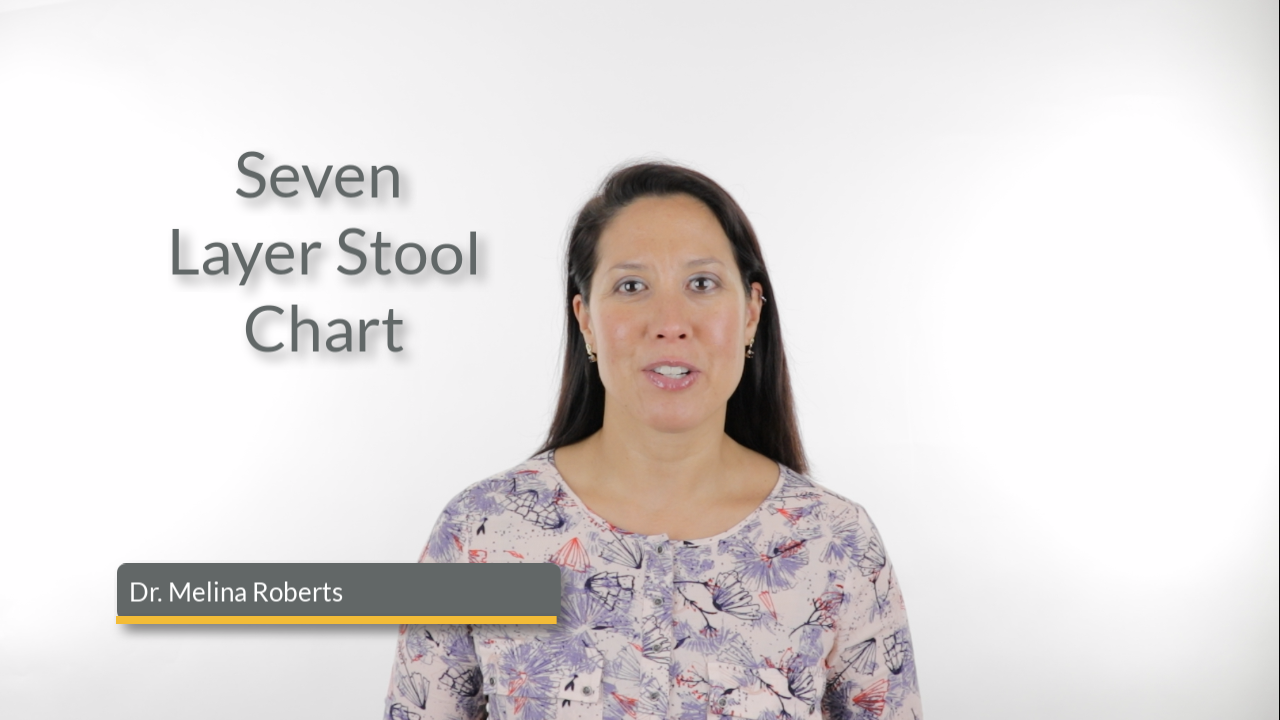WELCOME

303, 1220 Kensington Road NW
Learn More About Our Clinic
I Believe
THREE Principles of Biological Medicine
FIVE Characteristics of Our Ideal Patient
Join our Community!

Optimize your Brain LIVE ONLINE Webinar:
Discover the 3 keys to releasing trauma from your body with Q&A
CLICK HERE to register. LIMITED SPACE AVAILABLE
ARTICLES
The Gut-Brain Connection: Exploring the Microbiome-Gut-Brain Axis published May 2021
7 Causes of Thyroid Dysfunction featured in FOOD MATTERS February 2019
3 Reasons to Delay Introducing Peanuts into your Child’s Diet in FOOD MATTERS
Five Ways to Improve Your Microbiome in FOOD MATTERS
6 Ways to Improve Your Digestive Health in FOOD MATTERS
TESTIMONIALS
BREAST CANCER STAGE 3
PSORIATIC ARTHRITIS
IRRITABLE BOWEL SYNDROME
I have struggled with irritable bowel syndrome for the past twelve years. I would have constipation, bloating and gas for a period of time and then it would switch to diarrhea for a couple days. It was a vicious cycle that my body just didn’t seem able to get out of. I tried every form of therapy and prescription medication that is out there. I had come to accept that this cycle would just be a part of my life.
Within my first couple of appointments for Visceral Manipulation with Dr. Roberts, I was beginning to have regular bowel movements and relief from the constant pain.
I am still currently seeing Dr. Roberts, but we have moved on to other areas of my body such as my kidneys, that has helped to relief my constant back pain, and my chest, that has alleviated some restrictions in my breathing. I feel that Visceral Manipulation is amazing, and has greatly improved my quality of life.
I would highly recommend this treatment to anyone.


































